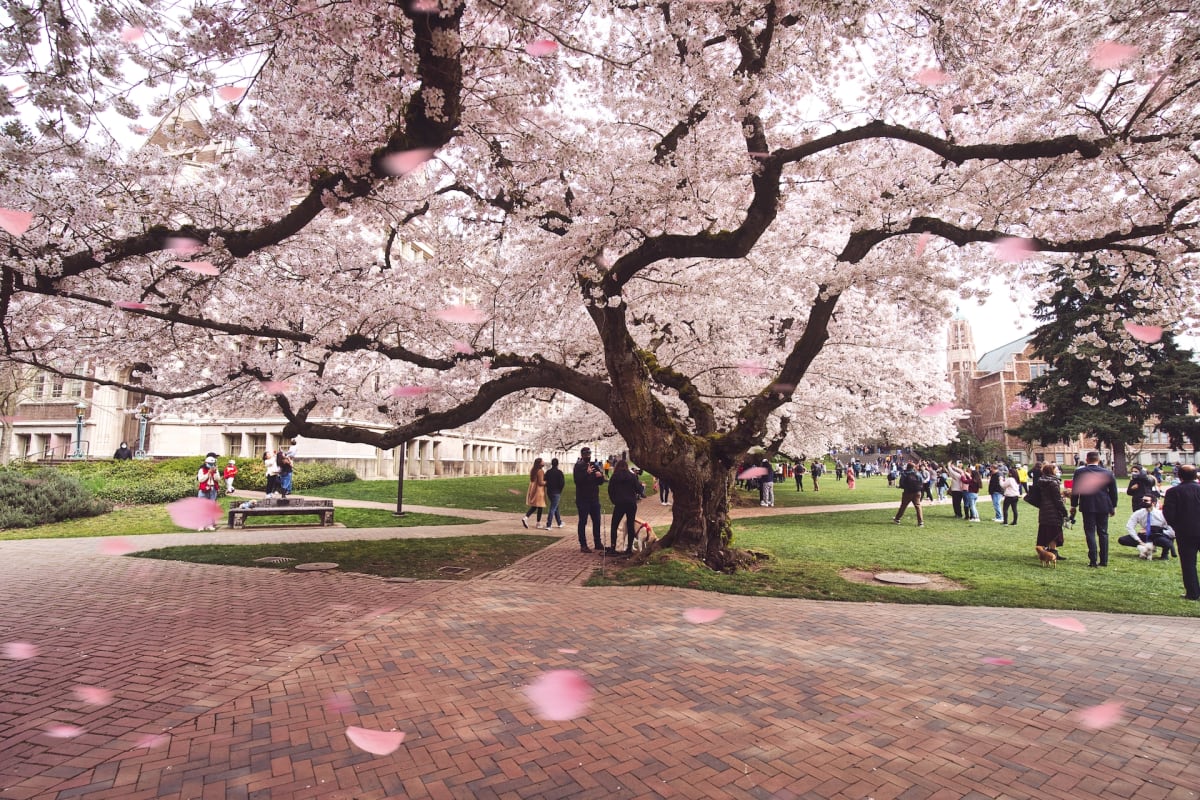
Climate change is making allergies worse. Pollen seasons now start around 20 days earlier, are 10 days longer, and feature 21% more pollen than in 1990.
That's bad news for those who suffer from the sneezy, itchy, runny nose and irritated watery eyes that come with seasonal allergies. And it's worse news for those with asthma, because those same symptoms can also affect the lungs and airways, and that can be life-threatening when a person cannot get enough oxygen. Allergens are the most common asthma trigger, and more people suffer asthma emergencies during the times when pollen counts are highest, according to the Asthma and Allergy Foundation of America, a nonprofit patient organization dedicated helping those with allergies.
Your suffering may also depend on where you live. Some places have much longer allergy seasons than others and/or higher pollen counts, or more days with high pollen counts, while other places offer a little more relief.
There's really no escape, but a recent annual report by the Asthma and Allergy Foundation of America analyzed data from 100 U.S. cities and ranked them to determine which have the greatest and least burdens for allergy sufferers.
To determine the best cities for living with allergies, researchers at the AAFA scored the 100 most-populated metros based on five factors: pollen scores for tree, grass, and weed pollen, over-the-counter allergy medication use (according to the IRI Medication Sales Database) and the number of of board-certified allergists and immunologists per patient in each city.
The cities were scored on a scale of 1-100, with 100 being worst. That city was Wichita, Kansas. (Alaska and Hawaii were not included.)
The 16 cities on this list were 'average' or 'below average' for most of the five factors, and all scored below the average pollen score of 71.49.
The pollen data for 2022 was collected from Pollen Sense, an automated sensor network that provides live pollen and mold counts. Days with “very high” pollen counts had a higher weight than “high” days for calculation of pollen scores.
Based on the AAFA's report, here are the 16 best cities for allergy sufferers. If moving isn't an option, keep reading for their recommendations on ways to limit your exposure to pollen (besides hiding indoors all day.)
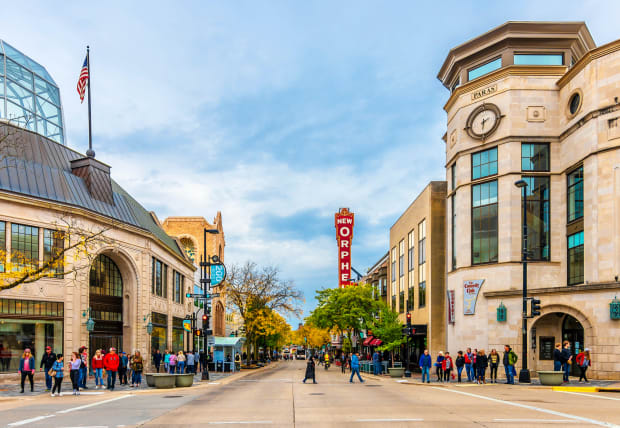
16. Madison, Wis.
Tree, grass & weed pollen score: 64.46/100. (The lower the score, the better the conditions for hay fever.)
Ranking No. 85 out of 100 cities, Madison is the 16th best place for allergy sufferers. While pollens overall here are rated ‘worse than average’ in the AAFA report, the city rates better than average for over-the-counter medicine use and for the number of allergy specialists.
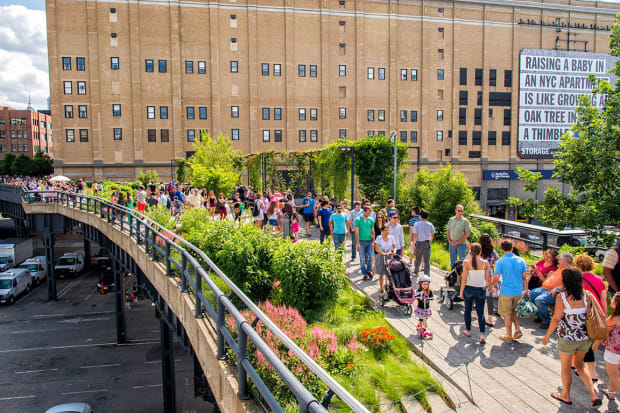
15. New York
Tree, grass & weed pollen score: 64.27
New York’s worst offender is grass pollen.
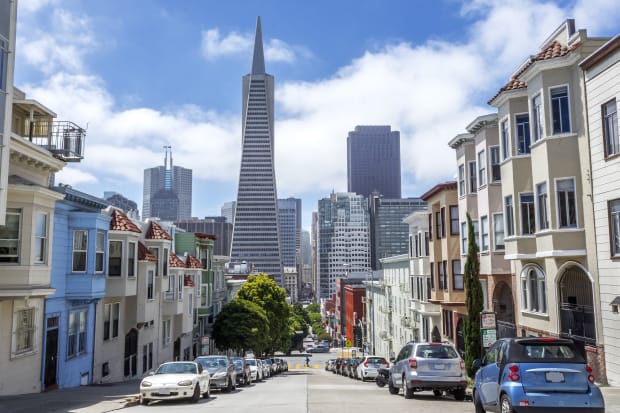
14. San Francisco
Tree, grass & weed pollen score: 64.19
San Francisco is among the three cities with the lowest weed pollen.
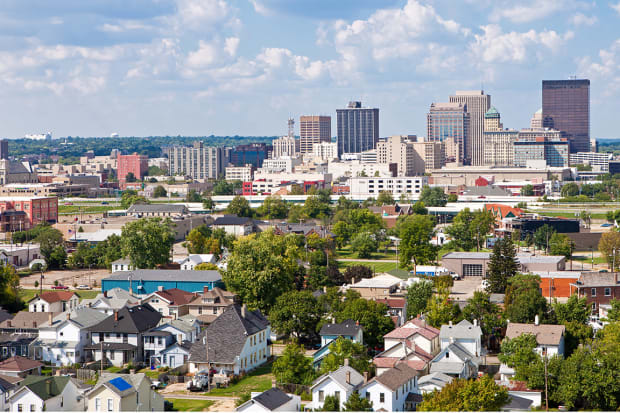
13. Dayton, Ohio
Tree, grass & weed pollen score: 64.16
Dayton had the fewest days where tree pollen was ‘high’ or ‘very high.’
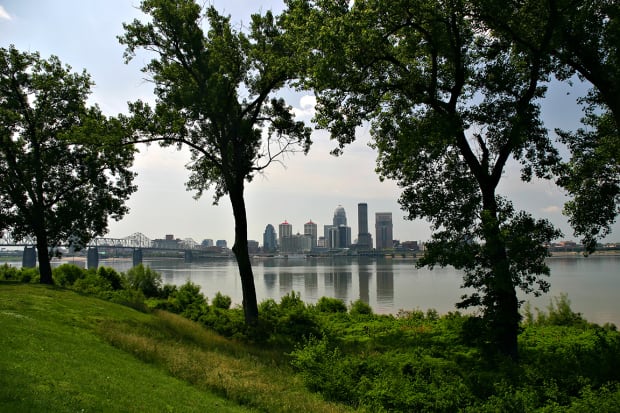
12. Louisville, Ky.
Tree, grass & weed pollen score: 63.76
While Louisville is among the top 40 cities with high weed pollen, it’s among the best cities for low grass and tree pollen count.
Shutterstock

11. Atlanta
Tree, grass & weed pollen score: 63.73
If grass pollens are your problem, Atlanta is the place to be, ranking second only to Seattle for low grass pollen count. Weed pollen, however, is prevalent in all of the 100 cities in the report. In 2022, Atlanta, had the most “very high” days for weed pollen.
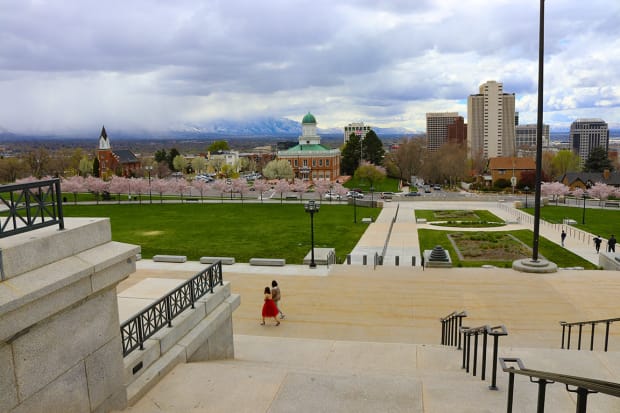
10. Salt Lake City, Utah
Tree, grass & weed pollen score: 63.31
Salt Lake City ranks among the 20 best cities for having low tree and weed pollen, and among the 10 best for those suffering from grass pollen allergies.
Shutterstock
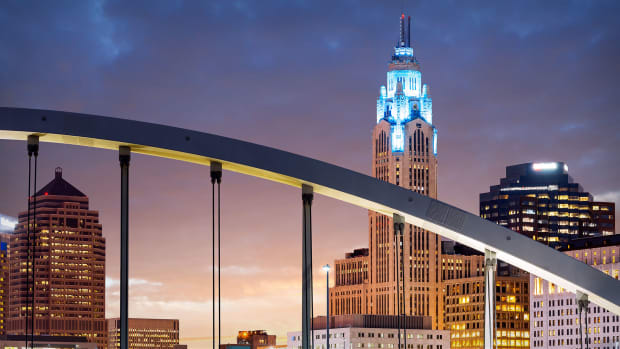
9. Columbus, Ohio
Tree, grass & weed pollen score: 63.04
Columbus is among the six cities with lowest grass pollen.
Getty Images
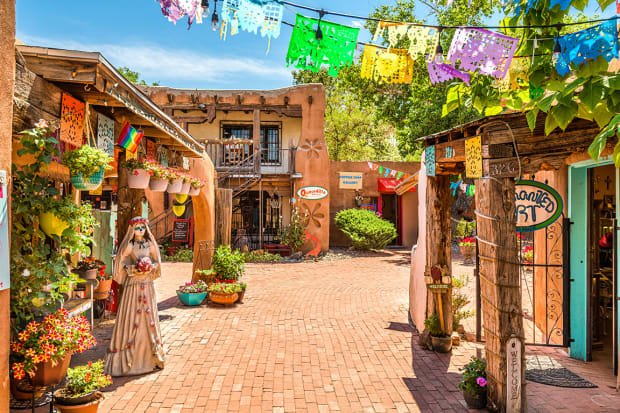
8. Albuquerque
Tree, grass & weed pollen score: 61.51
No. 8 Albuquerque is among the five best cities for grass pollen. It also ranks low for weed and tree pollens. It ranks worst than average, however, in the over-the-counter allergy medicine use category.
Sean Pavone / Shutterstock
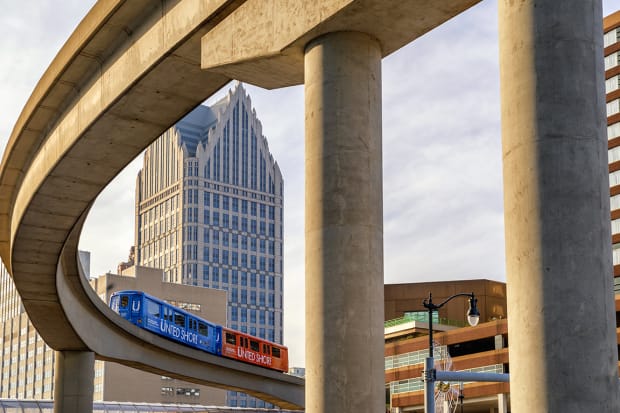
7. Detroit
Tree, grass & weed pollen score: 61.10
Byelikova Oksana / Shutterstock
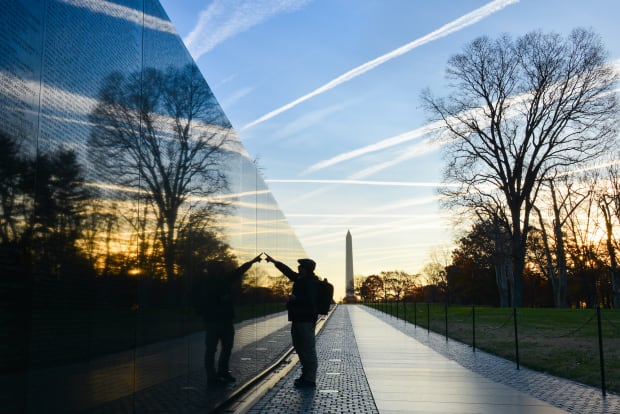
6. Washington, D.C.
Tree, grass & weed pollen score: 60.64
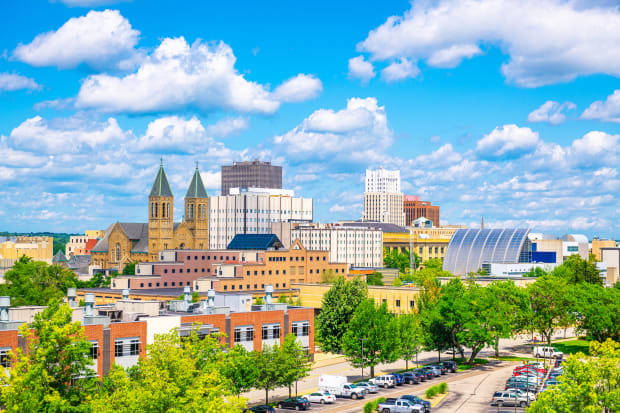
5. Akron, Ohio
Tree, grass & weed pollen score: 60.27
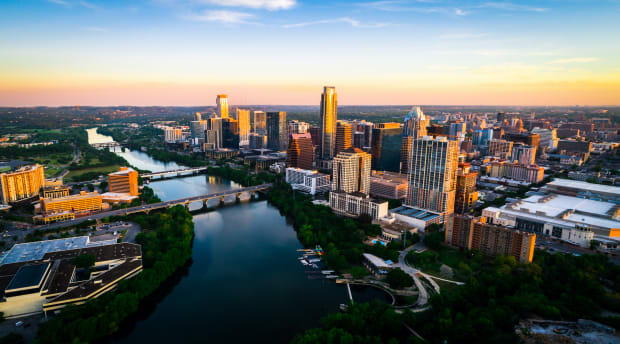
4. Austin, Texas
Tree, grass & weed pollen score: 59.41
Austin is one of the two best cities for anyone suffering from tree pollen or weed pollen.
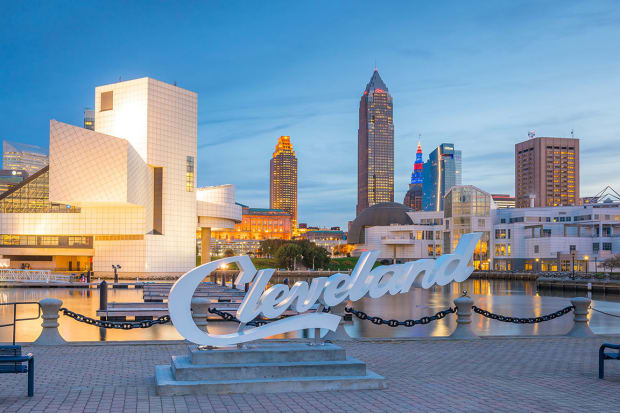
3. Cleveland
Tree, grass & weed pollen score: 57.68
No. 3 overall, Cleveland is in the top 10 cities for low pollen of all three types.
f11photo / Shutterstock

2. Seattle
Tree, grass & weed pollen score: 54.43
No. 2 Seattle is also the best city when it comes to grass pollen, and is in the top 10 cities for low pollen of all three types.
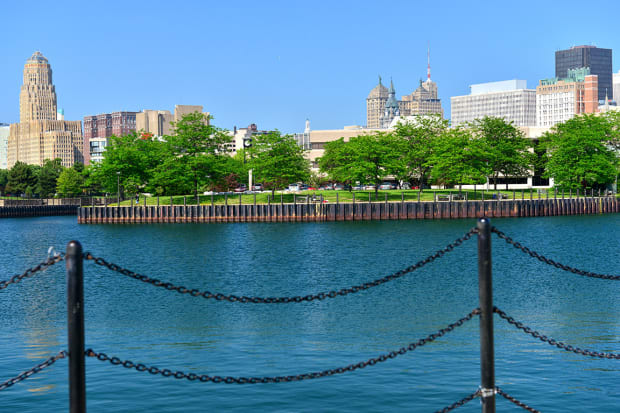
1. Buffalo, N.Y.
Tree, grass & weed pollen score: 48.71
Buffalo has the lowest overall score, and ranks significantly below the average pollen score of 71.49, and is among the five best cities for all three pollen types.
There is no cure for allergies, but allergies can be managed with prevention and treatment. Besides taking over-the-counter and prescription medicines to help you prevent or treat allergy symptoms, the AAFA's report recommends these ways to limit your contact with pollen.
Shutterstock
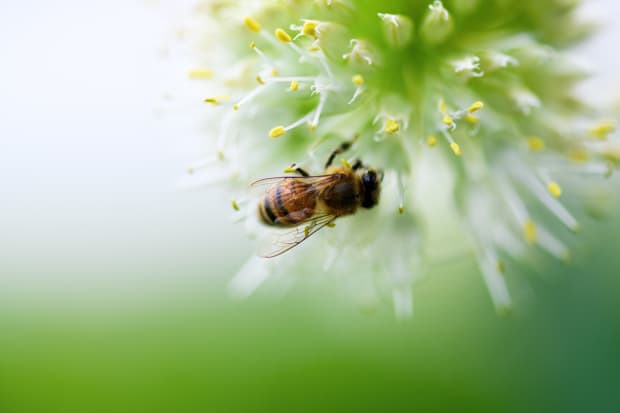
How to Limit Your Contact With Pollen
1. Check pollen counts or forecasts daily and plan outdoor activities on low pollen days.
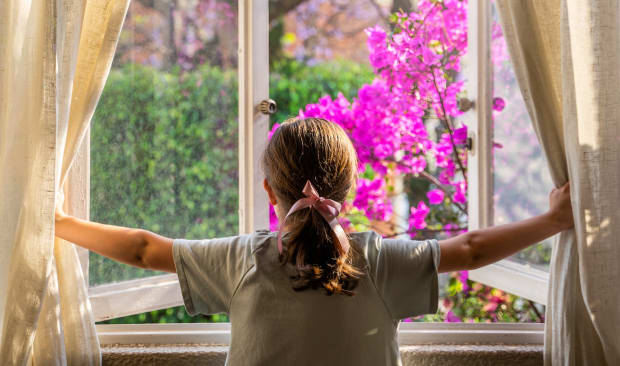
2. Keep windows closed during pollen season or peak pollen times.
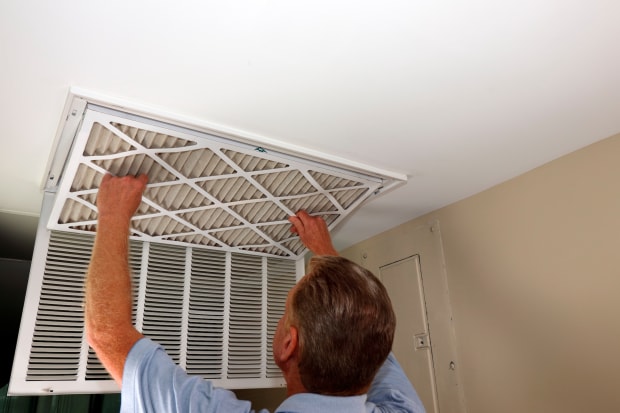
3. Use central air conditioning or air cleaners with a certified asthma and allergy-friendly filter and/or HEPA filtration.
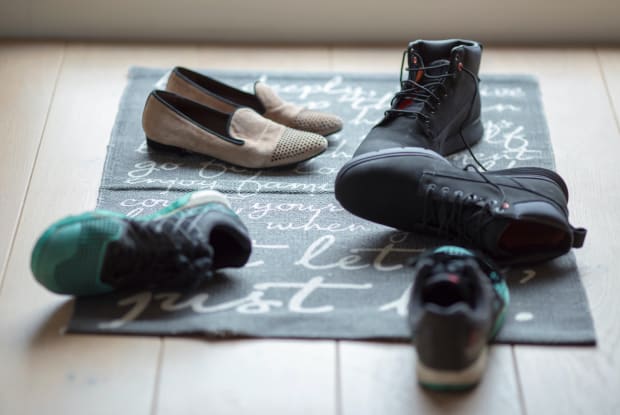
4. Remove your shoes before entering your home.
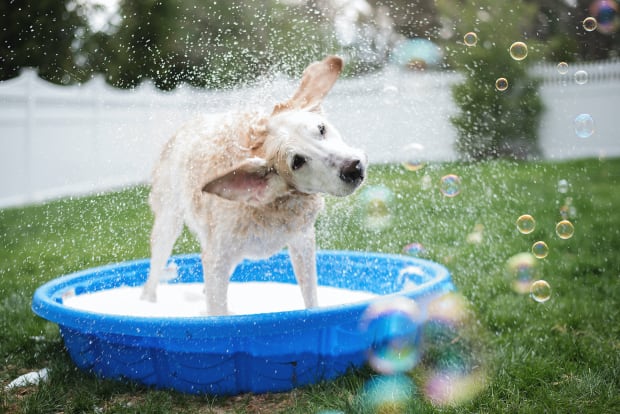
5. Limit close contact with pets that spend a lot of time outdoors. Wipe furry animals off when they come inside or bathe them weekly (if appropriate).

6. Dry laundry in a clothes dryer or on an indoor rack, not on an outdoor line.
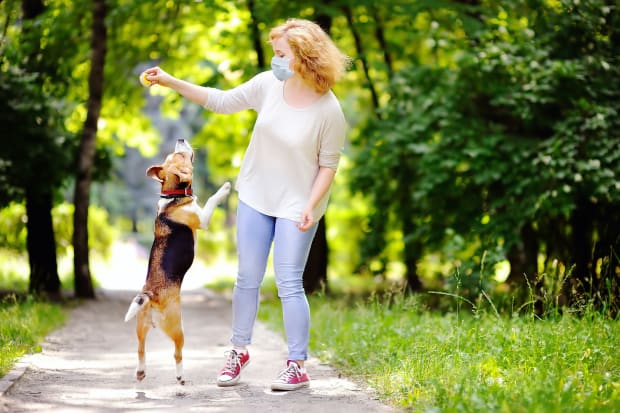
7. Wear a mask outside to help block pollen in the air from getting into your nose, mouth, and lungs.

8. Wear sunglasses to limit the amount of pollen that gets into your eyes.
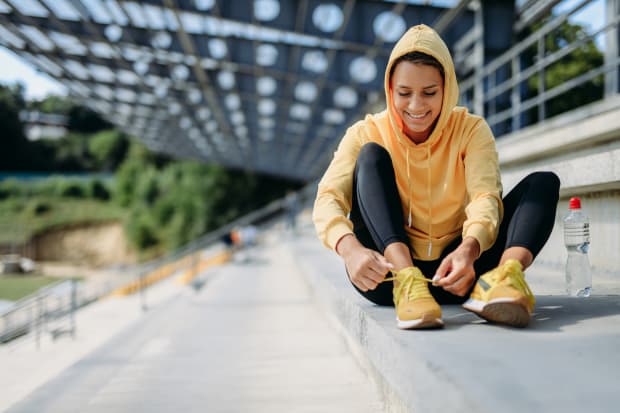
9. Cover your hair with a hat or other covering when outdoors so pollen doesn’t collect in your hair.
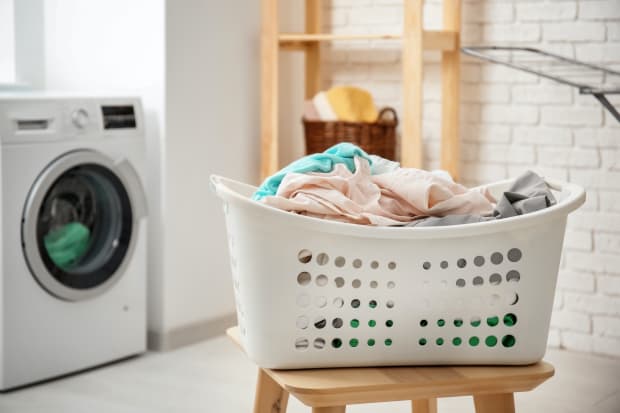
10. Change and wash clothes after outdoor activities.
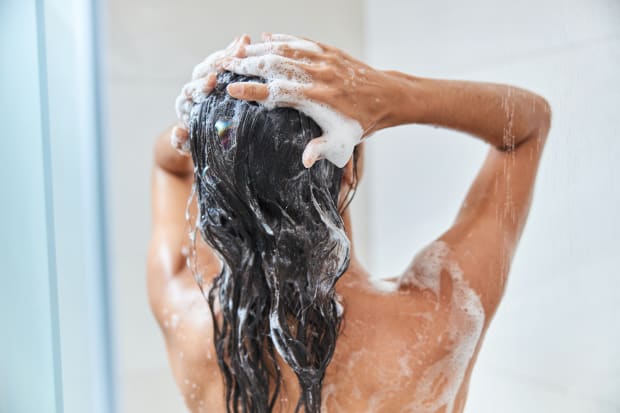
11. Shower before bed to keep pollen out of your bedding.
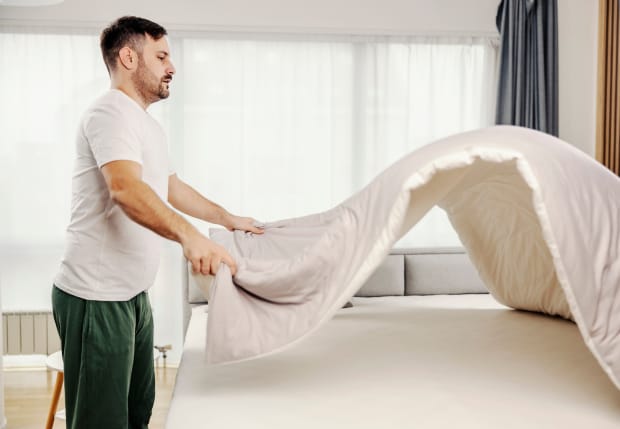
12. Wash bedding in hot, soapy water once a week.
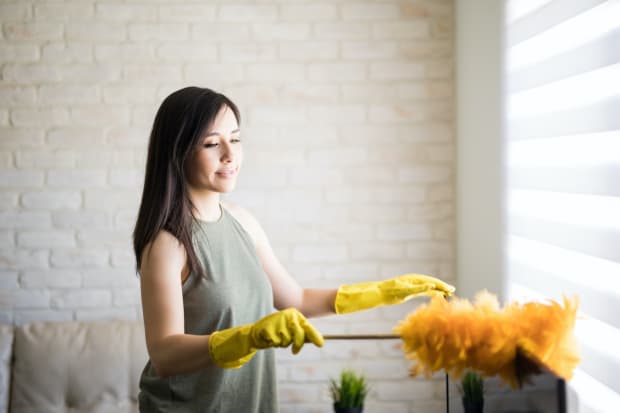
13. Clean your blinds or curtains regularly.
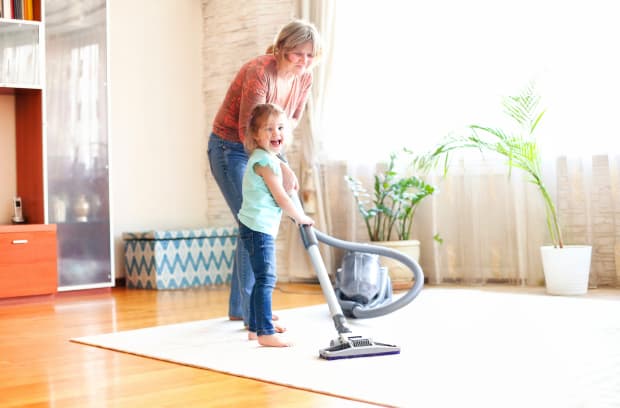
14. Vacuum your carpets, rugs, and fabric furniture once a week.
Source: 2023 Allergy Capitals: The Most Challenging Places to Live with Allergies
Learn more at AAFA.org.







